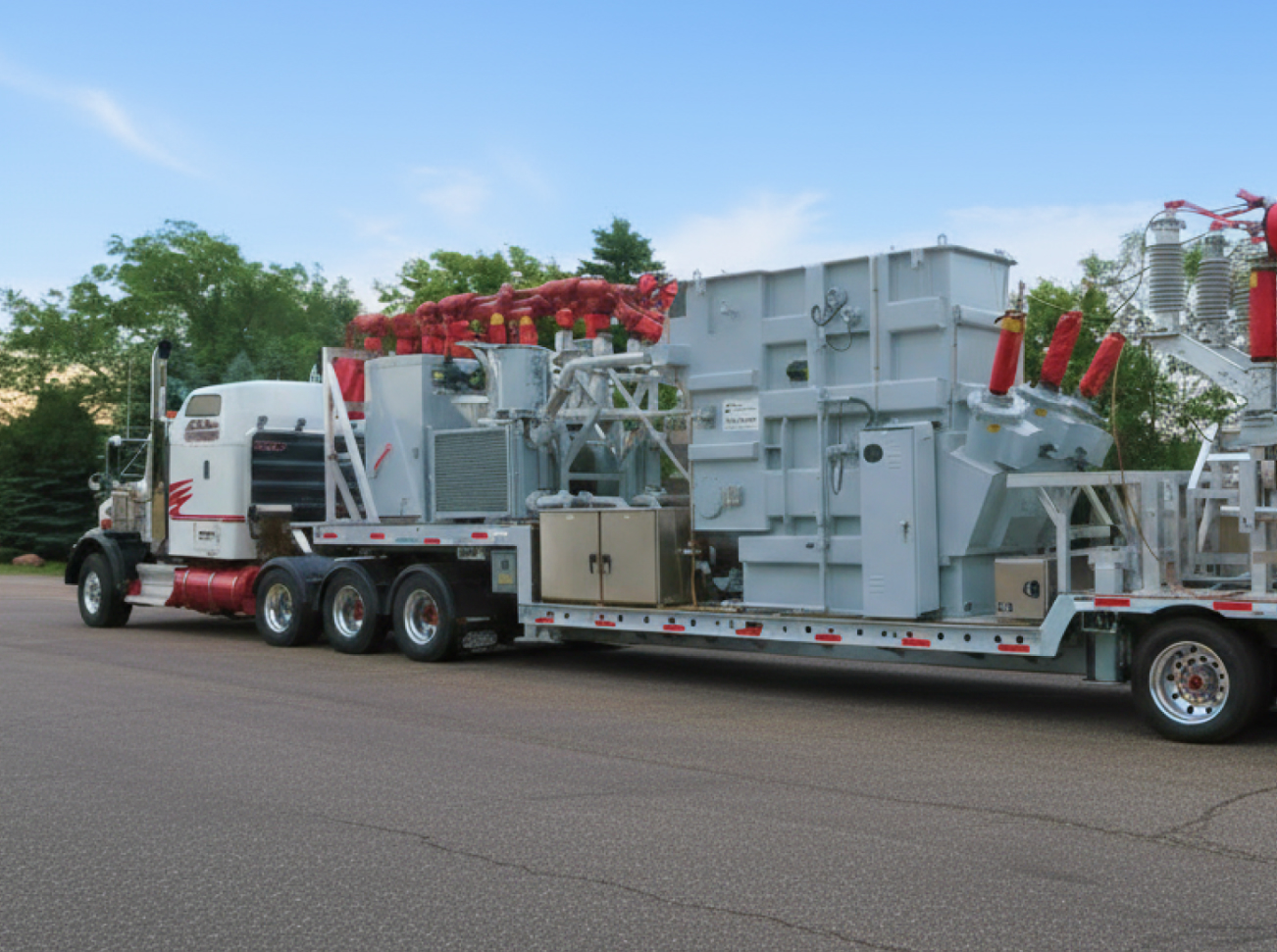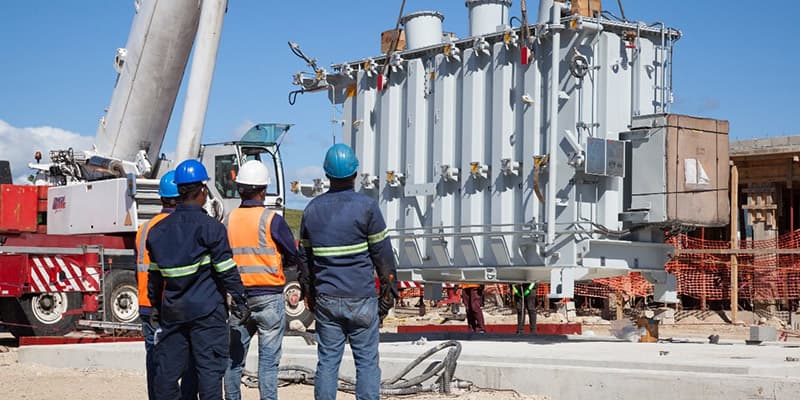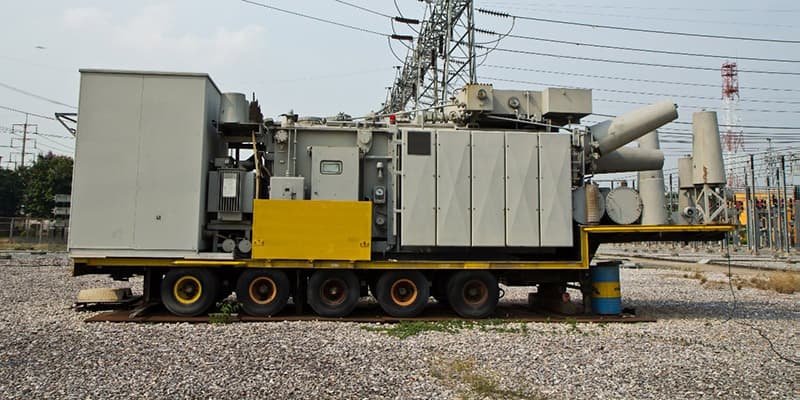Signs a Substation Transformer Is Failing
If your substation transformer is going to fail, it will warn you ahead of time. A sudden failure is unlikely, though lightning or a fire—events out of your control—can bring down a transformer in a moment. What’s more likely is that transformer defects arise over time. Use that time to look and listen for the messages that signal problems. You can help prevent a transformer failure and keep your equipment in service by knowing the warning signs.
What To Look and Listen For
Oil Level
Maintaining the proper oil level in your transformer is essential for safe operation. If the oil level drops below its established standard, the oil can’t cool or insulate effectively. Too high, and internal pressure could increase beyond safe levels. Check oil level gauges and watch for oil leaks near gaskets and welded joints.
Low Breakdown Voltage
Transformer oil must endure electrical, mechanical, and thermal stress, and if its integrity is diminished, it can no longer protect the transformer’s windings and insulation. You need to test the oil’s dielectric strength—its strength as an insulator—also called the breakdown voltage. Low BDV indicates a weakening of the cooling oil.
Gassing
The organic material within a transformer will degrade over time. The degradation process generates certain gasses that dissolve in the oil and can be measured using dissolved gas-in-oil analysis (DGA) techniques. The “normal” gas concentrations in mineral oil are well understood and knowledge of gasses in ester liquids is rapidly growing. Abnormal gas levels, or deviations from the “normal” levels, are an indication that something has changed within the transformer and could be a precursor to a failure. Regular sampling of the insulating liquid for DGA is an important part of effective regular maintenance practices.
Bushing Health
A transformer bushing has both external and internal components. A bushing failure can lead to internal winding damage and fire. Cracking of the bushing’s porcelain exterior is evidence of an impending problem. You can also keep an eye on the bushing’s mounting hardware. If that gets loose, then the bushing’s gaskets can be compromised leading to air and moisture intrusion into the transformer. Monitors are available that can monitor key bushing parameters and trigger alarms when those parameters change or deviate from accepted norms.
Overheating
Heat generation is normal in a transformer. Overheating is abnormal and, when prolonged, may lead to failure. A few factors can cause overheating, including low oil level, a high current load, or radiators and cooling fans that aren’t working. Keep watch on temperatures of the windings and oil at the top and bottom of the tank.
Insulation Deterioration
Insulation resistance testing will tell you if the transformer’s insulation is doing its job to insulate the windings and the core from ground. A low insulation resistance measurement could be caused by moisture, contaminants, or breakdown from age.
Transformer Noise
The normal operation of a substation transformer creates noise due to a phenomenon known as magnetostriction in the core, as well as the operation of fans and pumps. The noise level, measured in dB, depends on the size and design of the transformer. You need to listen to your substation transformer to denote the “normal” sounds from any potentially alarming sounds. A significant sound change over a short time could signal a problem, either mechanical or electrical. Listen for any changes.
Monitor the Monitors
Use the monitors currently on your substation transformer, both analog and digital, as they were designed to help you protect your equipment—alarms and gauges, surge protectors, and breakers. These devices serve to communicate potential issues, and the problems might be deeper than you think. Learn from the signals your transformer is sending, and you can help prevent failure.
Remanufacturing a Failing Transformer
If any of these signs are present and you are concerned about the long-term reliability of your transformer it’s time to take action. With lead times for new transformers stretching out longer and longer, remanufacturing your existing transformer may be your best option if you want to save time and money.
Even if some of your transformer components have failed and need to be replaced, the tank and core are likely still usable if proper remanufacturing procedures are followed. We at Jordan Transformer have been remanufacturing transformers for over 50 years. If you’d like to learn more about the process, please reach out to us.
.png?width=295&height=96&name=Untitled%20design%20(8).png)





